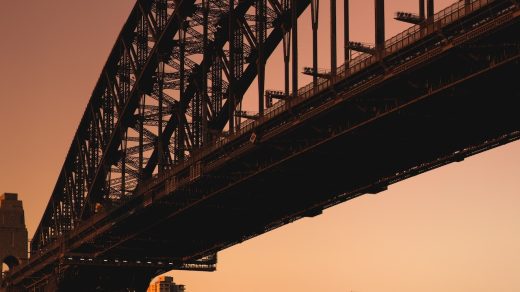10 Fun Facts About Penguins You Probably Didn’t Know
Penguins are some of the most popular and interesting types of animals found on this planet. Bulky looking in their black and white tuxedo outfits, these birds are more than adorable waddling land creatures. They are amazing aptering birds in either her book or her first encounter with the cold beaches of Antarctica. If you find these awesome giant theoretical birds interesting to make a journey to, here are ten penguin facts that you might not have come across.
What Makes Penguins Unique?
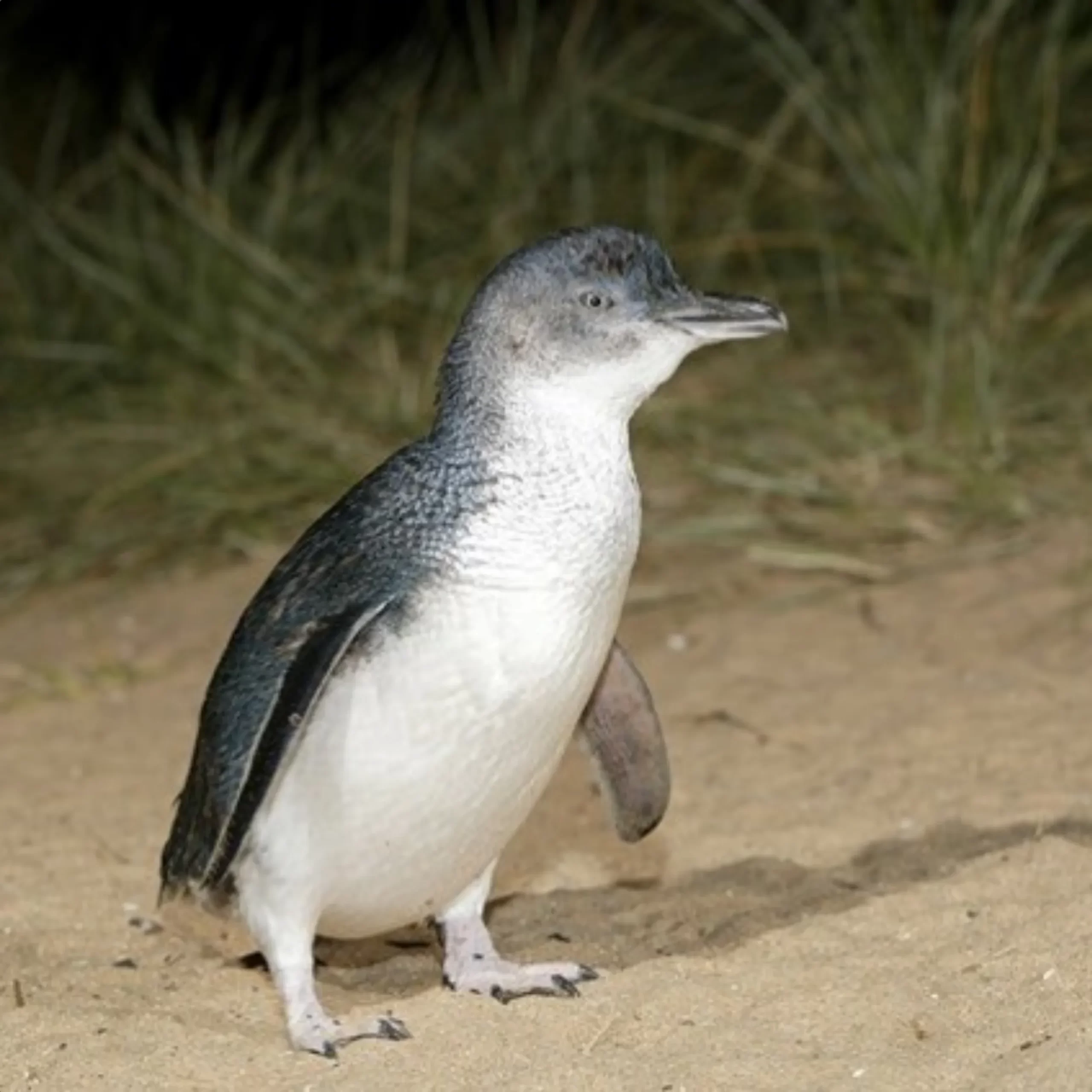
Penguins show remarkable differences from other birds because of how they have adapted in having a life which is in some of the coldest regions of this planet. Of the very few birds which can be said to be without wings, the stumpy…As mentioned, surfacing in the dark ocean waters. While on their feet, they also compromise some share waste out-pouching, instead of a sweeping motion that becomes slow due to rotation. This is owing to a large chunk of their skeleton structure known as the air-sacs, common in wingshooting birds.
The Diversity of Penguin Species
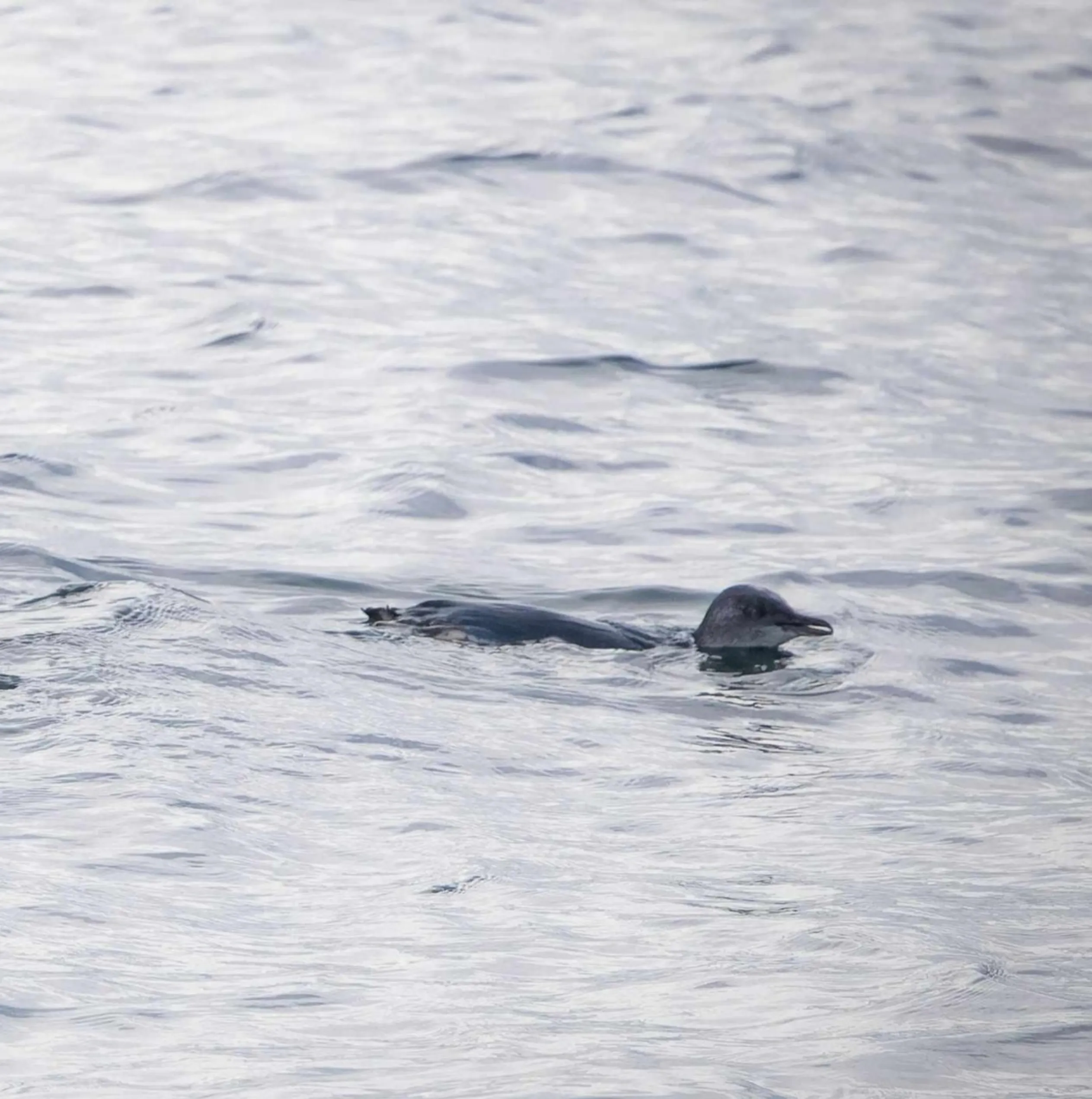
There are 18 accepted species of penguins known so far and every species comes with its unique features and living places. From the diminutive Little Blue Penguin to the grandiose Emperor Penguin, such species diversity has a corresponding size diversity behaviorally as well as adaptability to a variety of ecosystems. This variation is important in enhancing our appreciation of the diversity and the strength of these amazing birds.
Penguin Species Overview
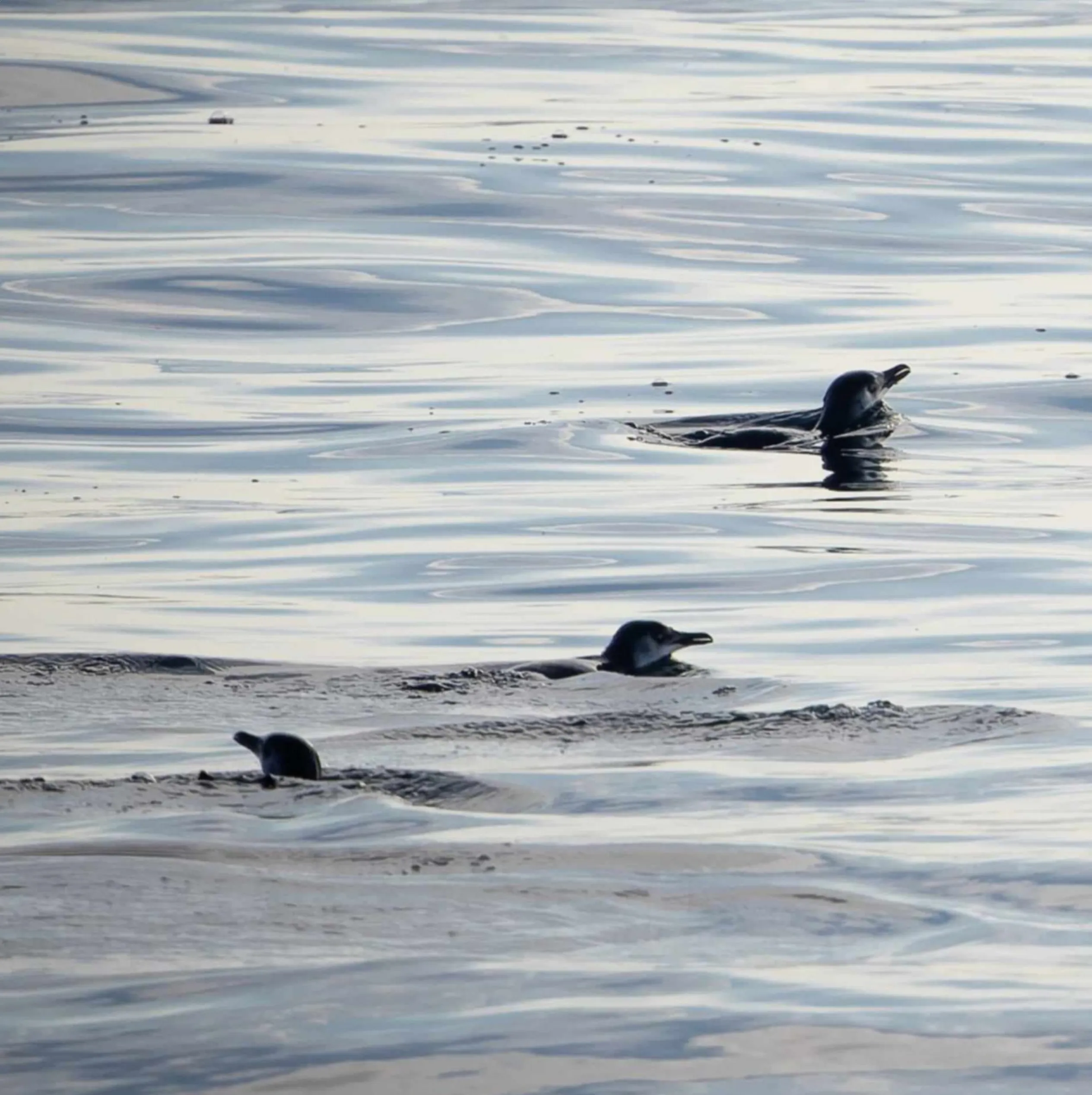
Before diving into the fun facts, let’s take a look at the variety of penguin species through the following table:
| Species | Size | Habitat | Notable Feature |
|---|---|---|---|
| Emperor Penguin | Largest | Antarctica | Longest breeding cycle |
| King Penguin | Large | Sub-Antarctic islands | Bright orange markings |
| Adélie Penguin | Medium | Antarctic coastlines | Distinctive white eye rings |
| Chinstrap Penguin | Medium | Antarctic and sub-Antarctic | Narrow black band under chin |
| Gentoo Penguin | Medium | Antarctic Peninsula and islands | Bright orange-red beak |
| Little Blue Penguin | Smallest | New Zealand and Australia | Blue plumage |
| Humboldt Penguin | Medium | Pacific coasts of South America | Adapted to warmer climates |
| Rockhopper Penguin | Medium | Sub-Antarctic islands | Prominent crest of spiky feathers |
| Macaroni Penguin | Medium | Sub-Antarctic islands | Yellow crest feathers |
| African Penguin | Medium | Coastal South Africa and Namibia | Distinctive black markings |
This table showcases just a fraction of the rich diversity found within the penguin family, highlighting the unique traits that each species of penguins brings to the table.
Physical Characteristics of Penguins
Penguins are characterized by their beautiful black and white feathers suitable for swimming in the water as even their wings look more fitting than flippers. Their condensed anatomy helps them swim easily since every part of their bodies is streamlined while their wings have structures that function like flippers for efficient swimming. In addition, penguins also have muscular, webbed feet that help movement in water and on land as well. Their thick and heavy skeletons also help in diving while they can also stay warm in cold temperatures because of a thick layer of fat under their skin and warm fluffy feathers on the skin. Unlike other birds, which have teeth, they also have some beaks that are sometimes serrated to help in holding fish.
Fun Facts
Most Penguins Lay Two Eggs at Once
Most species of penguins do not belong to the American class of birds that lay only one egg per season. This is a good idea as it helps in ensuring the survival of at least one chick of the breed as an adult especially in places where there is no constant food supply. In such cases, the parents share the responsibilities of sitting on the eggs and taking care of the chicks therefore promoting highly cooperative colonies of penguins.
There Were Big Penguins Once
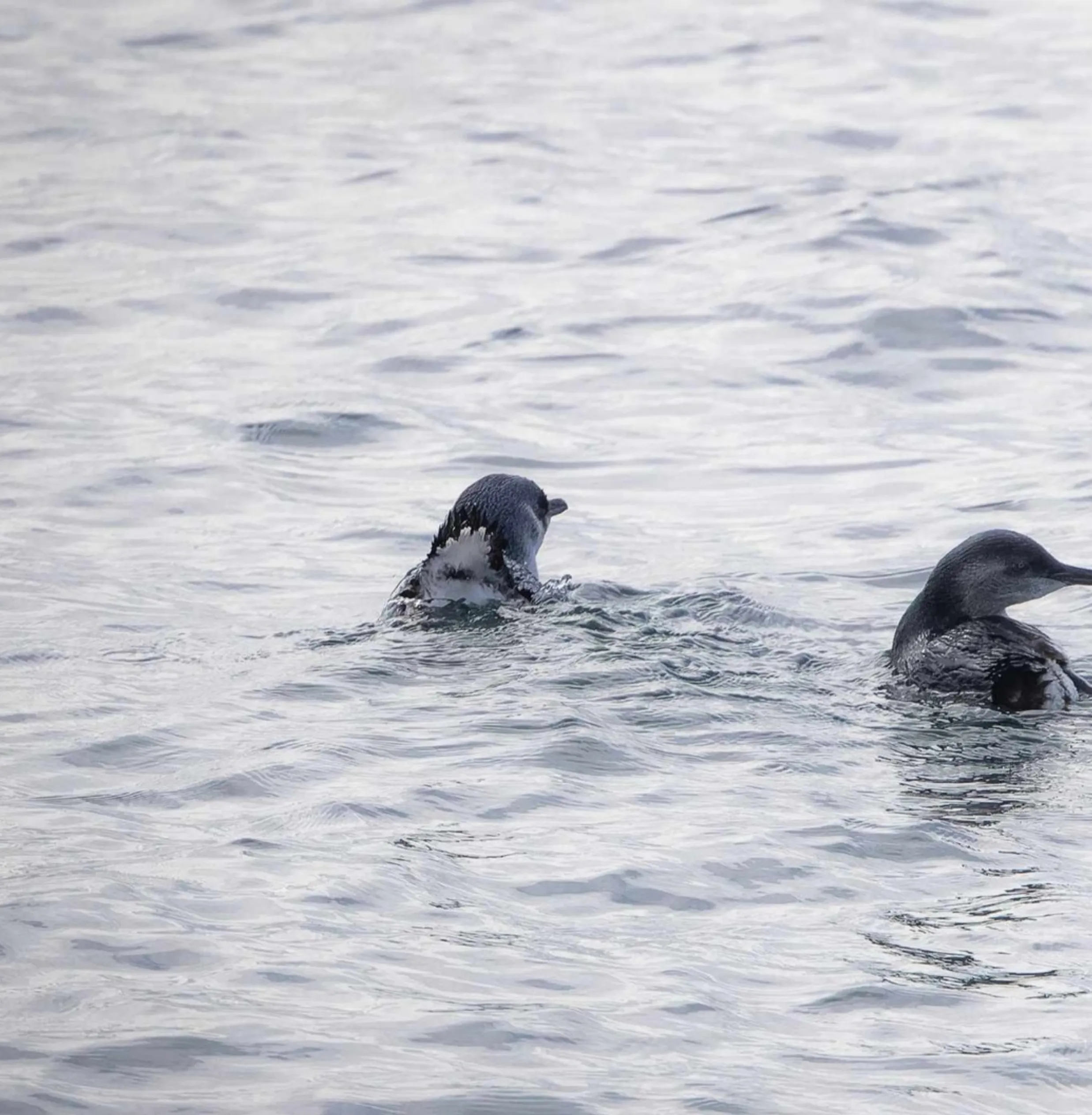
Eocene epoch which was about 60 million years ago can be termed as golden age for the giant penguins. Some of these species even reached more than four feet in height and some of them weighed as much as a small elephant. These dinosaurs existed within a warmer world that offered an even more plentiful supply of food. The remains of these towering bird species contribute to our understanding of the origin and evolution of modern penguins, demonstrating the shifts made by their larger relatives towards harsher and colder conditions.
Penguins Can Drink Salt Water
In marine environments because of the nature of habitat, penguins are surrounded by saltwater at all times but they will have a very hard time drinking it unless they have some modifications. All the penguins are equipped with a particular salt-removing structure, the supraorbital gland which helps in eliminating salt from the body. This structural adaptation also provides an opportunity for the penguins to drink seawater without the risk of increasing their body’s water content, which is important for adaptation to the cold environment in the tropics.
Penguins Do Not Have Teeth
Regardless of their diet that mainly consists of fish, penguins lack teeth. They instead have grasping teeth for holding slippery food, such as fish and squid, with the help of with saw-like edges of their beaks. There is also an acute sense of sight in their beaks that allows spotting of prey even underwater. Such dental orifice-filled beacked-ness is one of the properties of cestriade shape penguins.
Penguins Have Feathers, Not Fur
The first thing you notice when you look at a penguin is that it’s not furry, rather it is covered by some feathers. The plumage of their penguin is made of feathers that are thick and trap water to keep the inner part warm as to protect the skin from the water when swimming. Penguins possess such body parts that regulate their internal temperature and support their body in water. Penguins unlike other warm blooded vertebrate animals do not have fur but have the feathers that are very critical in vetting the harsh cold.
Penguins Only Live in the Southern Hemisphere
Penguins are only found in the Southern Hemisphere, more specifically the Antarctic Region, warmer coastal regions of Southern Africa and the Galapagos Islands. He penguins’ geographic range accounts for the southern continents of the earth Hence penguins can also be found on land for instance on the south Island in New Zealand and Phillip Island well known for it’s Phillip Island Nature Park. You can find some brine containing penguins on land and lesser snow islands such as South Island of New Zeland and Phillip Island which is renown for its Phillip Island Nature Parks.
Penguins Are Committed To Each Other
Several species of penguins are known to form distinct seasonal pairs during mating activities in a process referred to as seasonal monogamy characterized by collaboration in care of hatching and rearing chicks. Nevertheless, this form of penguin monogamy only lasts one breeding season and after that there is a likelihood of changing partners. As environmental changes may necessitate changes in breeding behavior, this does not favor breeding of offspring but maximizes chances of survival of the offspring.
The Smallest Species is the Little Blue Penguin
The Little blue penguin: Or Fairy penguin bears the distinction of being the smallest in the species among all other Penguins. These delightful birds are approximately 16 inches in height and weigh about two pounds and are found in Australia and New Zealand. Their small size and cuteness make them quite marketable to people who like looking at penguins. Blue penguins are timid and are found into the pang cultures, mainly along the shores. 9. Yes, All Penguins Are Black and White.
Yes, All Penguins Are Black and White
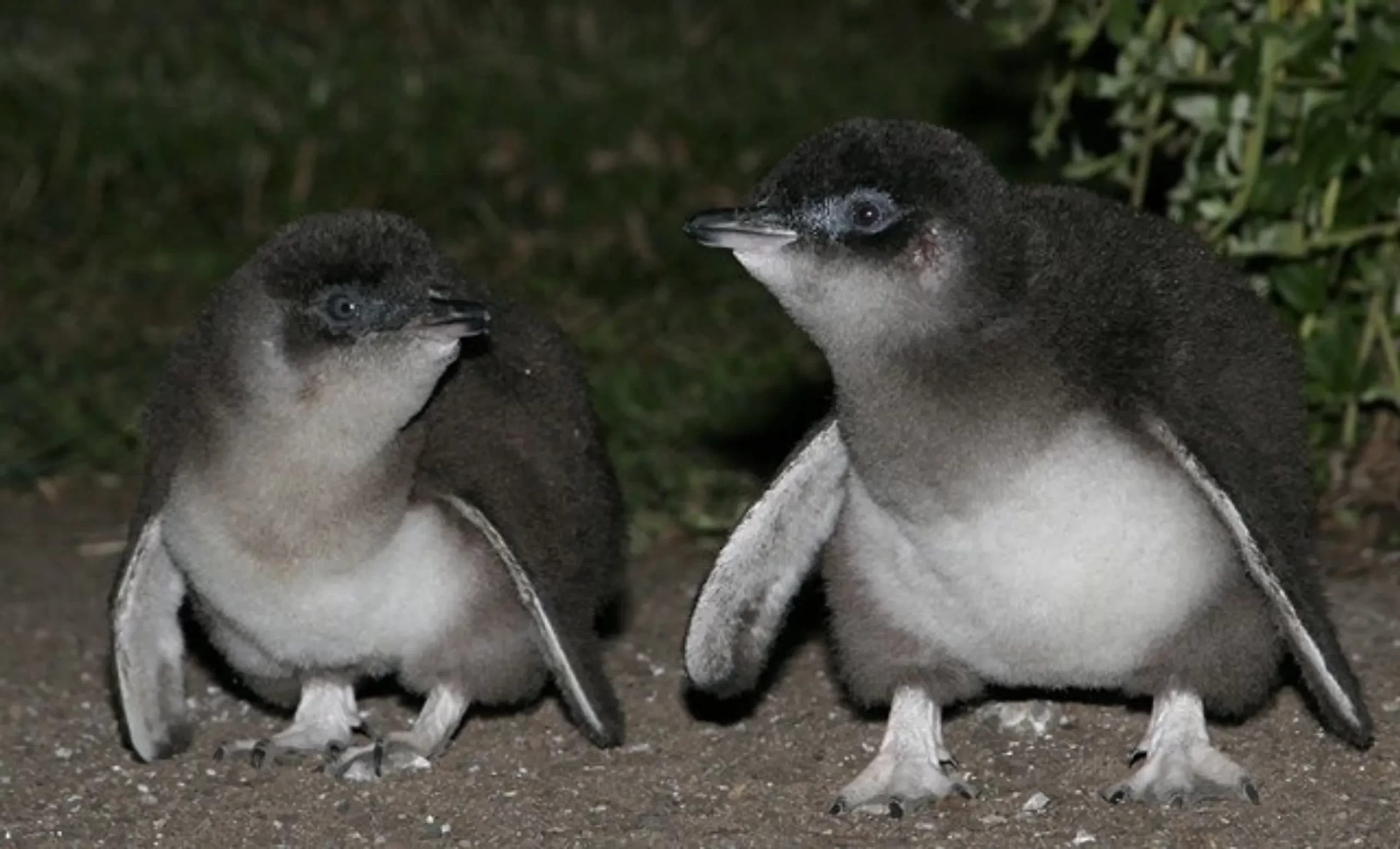
While many species of penguin tend to be resplendently covered in straight black and white colors, there are those species which seem to have other colored feathers patterns as well. Such as the yellow-eyed penguin has bright pale yellow eyes and eye markings while the erect-crested penguin has a tuft of feathers upon his head. Nonetheless, the plain black and white side of the waterfowl has known two basic purposes in evolution camouflage from an overhead as well as underwater predator that is the secret to polygwing evolution for all the types of penguins.
Penguins Use Some Clever Tricks to Help Them Move Faster
Penguins have a number of strategies to improve their movement in different environments, in this instance water and land. It is commendable that the Gentoos are such fast swimmers reaching a speed if 15 miles per hour even beneath the water because of the streamlined body shape and powerful flippers. On ice, they tend to in a technique known as ‘tobogganing’ in which they propel off their stomachs thus saving energy and avoiding the necessity to walk around. To add on, when certain species of penguin dive into the water, they strategically trap air bubbles in their feather that scapegoats shear stress to the body making it less resistant than water causing water to propel the abilities of the penguin.
Conclusion
Indeed, the live organisms such as penguins are amazing as they combine features and characteristics that are interesting, in addition to the nature of living in very harsh conditions. They capture the imagination because of the types of aspect such as the different species thoracic penguin types, their external physical features and behaviors. Whether you are a frequent traveler or just love nature, the knowledge of these wonderful creatures provides a deeper understanding and appreciation of the wonderful diversity that the fauna of the world offers. Conserving these animals and their ecosystems is very important because there are many threats like climate change, pollution involving oil, and lack of food for these wild penguins. It is very important also to conserve in order that the thousands of these wonderful birds can still continue living on earth.
FAQ
Which country is best to see wild penguins?
The penguins can be seen in different places around and within the Southern Hemisphere. Some of the places that are common include Antarctica, South Africa, Australia, New Zealand, the Galapagos Islands, and Southern America.
What do penguins eat?
Penguins are ocean dwellers whose staple food includes fish, krill, or squid. Their feeding habits are species specific and dwell on different ecological niches. For instance, Emperor Penguins are fish hunters vertically plunging hundreds of feet underwater while others feed on krill and tiny shrimp.
How long do penguins live?
Life expectancy among penguins turns out different based on species. Smaller penguins for instance the Little Blue Penguin lives for about 6-7 years in a wild environment while larger version such as Emperor Penguins live close to 20 years.
Are penguins endangered?
Most today’s posses certain penguin’s stree specise tht may endogen any endangered potential danger today. Causes include climatic changes, too much of fishing, disappearance of penguin’s habitat and pollution.
Can penguins fly?
No, penguins cannot fly. Getting off the ground is not their forte rather they have perfected the art of swimming mastering the use of sturdy wings which are modified into flippers for swift underwater moves.
